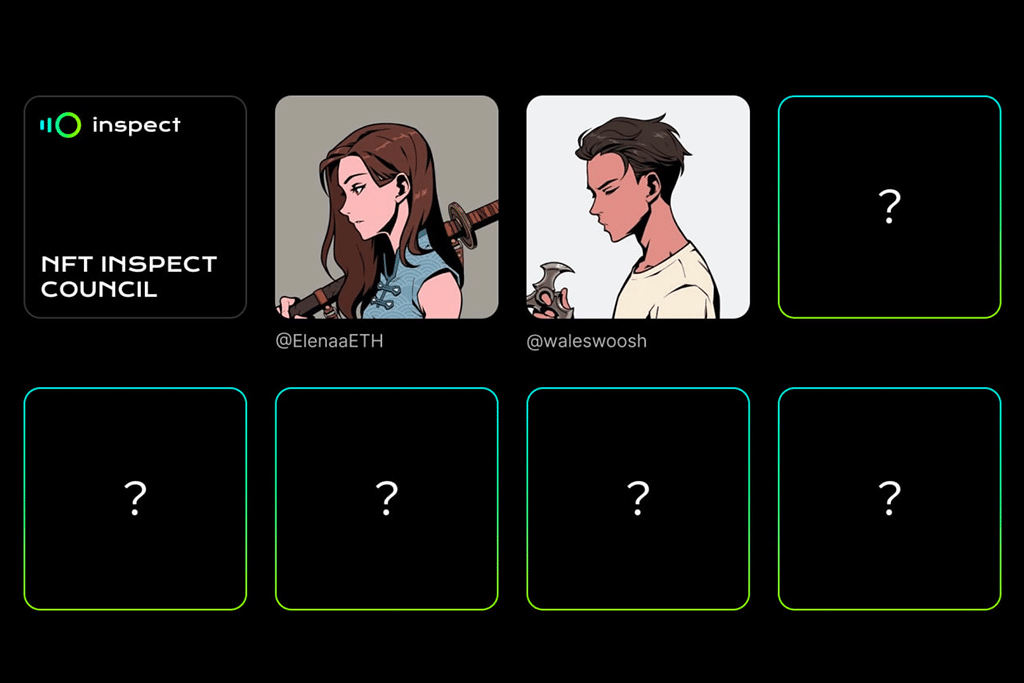PR News | How to make a Fintech brand stand out from the crowd
 |
| Christina King |
The term “fintech” turns 30 next year, along with Beanie Babies, Sleepless in Seattle, Mighty Morphin Power Rangers, Animaniacs, Food Network and NAFTA. While some of these things have aged better than others (remember the couple who contentiously shared Beanie Babies in divorce court?) there’s no doubt that the ubiquitous adoption of fintech over the past three decades has fundamentally changed our lives.
Today, the challenge for brands at the intersection of finance and technology is not to define what fintech means, but to find new ways to differentiate their brand from the fierce competition in the space. A recent report from Vantage Market Research found that the $332BB+ fintech market is expected to continue its meteoric growth at a compound annual growth rate (CAGR) of nearly 20 percent between now and 2028 – but the road to success is always under construction, and in today’s highly competitive ecosystem, brand differentiation is more crucial than ever for fintechs looking to attract talent, investors, partners, customers or consumers. So where should you start?
Start with transformative empathy and center the end user
Fintech has transformed the way we relate to each other, from ride-sharing to person-to-person payment platforms and dating apps, so it’s no surprise that winners in the fintech vertical today are companies that differentiate themselves by employing an empathetic, user-first model.
Recent research shows that an empathetic approach to business is more than just a feel-good manifesto – it provides concrete benefits for the bottom line. A global study by M&C Saatchi found that 18 percent of consumers stopped using a brand in the past 12 months because of the gap between the product as marketed and their lived experience, costing the average brand over $300 million in lost revenue annual.
Whether a company is B2C or B2B, delivering a compelling user experience with empathy at its core will help differentiate the brand and drive industry goodwill, media sentiment, investor appetite and even employee engagement. In today’s volatile market conditions, it has never been more important to develop a positive and well-differentiated brand reputation.
Unstable market conditions can inspire creative differentiation
At first glance, it looks dark out there. Listed fintech companies have fallen 50 percent since November last year. The median value of US late-stage fintechs that raised money in the first quarter of 2022 was 58 percent lower than in the last quarter of 2021. Even venture capitalists’ appetite is less, with a recent CB Insights report finding that US fintechs raised $13.3 billion during Q1 2022, a decrease of 27 percent compared to the same period in 2021.
The good news? Creativity loves limitations, as Marissa Mayer wrote for Bloomberg Businessweek in 2006, and differentiation is nothing if not an exercise in creativity. For fintech companies looking for new ways to differentiate themselves from the competition under today’s perceived or real constraints, differentiation must therefore be creative, compelling and just a little bit adversarial.
The communication status must go
At the end of the day, putting out a white paper or report that doesn’t say anything new at 10,000 words or more won’t help a brand grab the headlines, even if it ticks off marketing KPIs for the year. Brands must resist the urge to maintain the status quo and instead do what it takes to transcend and differentiate the brand within today’s fintech sea of sameness.
Neobank is trying to increase financial literacy? Skip the ad and instead create a free-to-play Dungeons and Dragons module that teaches board game players the basics of financial literacy in a fantasy RPG setting. Ditch the whitepaper and get (Second) Chance the Rapper to give refurbished iPhones a second chance as educational tools for older adults learning to tap online (and give their grandkids a digital concert to inspire brand affinity in future decision makers as well). If larger campaigns aren’t in your budget, look for opportunities to create a custom data survey that can reveal a human truth related to core brand offerings or inspire consumers to think differently about their own behavior.
Creative communications programs can be created and executed at any budget – and in today’s market, it’s more important than ever for fintech brands to challenge the way things have always been done and instead find new ways to leapfrog the competition in terms of both product quality and brand perception .
Leverage PR to close the gap between perception and reality
Ultimately, even if a fintech offers the best product, service or technology in the world, the path to success will remain out of reach for even the most scalable companies if no one knows the brand’s name or where to learn more.
Ensuring that brand messages are delivered consistently across all communication channels is the bare minimum in today’s world – brand messages must also be differentiated in several important ways. To summarize: 1) an amazing user experience must be matched with an amazing communication program; 2) volatile market conditions require creative, persuasive and contrarian differentiation; and 3) the fintech brands that challenge the status quo in their communications programs to deliver strong, concise and differentiated market-relevant messages are the ones that will win in the long term.
Fintechs poised to stand out and succeed in today’s market and capitalize on the long-term continued growth of the industry must identify, celebrate and clearly communicate their differentiators while aligning communication priorities with business outcomes.
Kristina King is vice president of FINN Partners.

